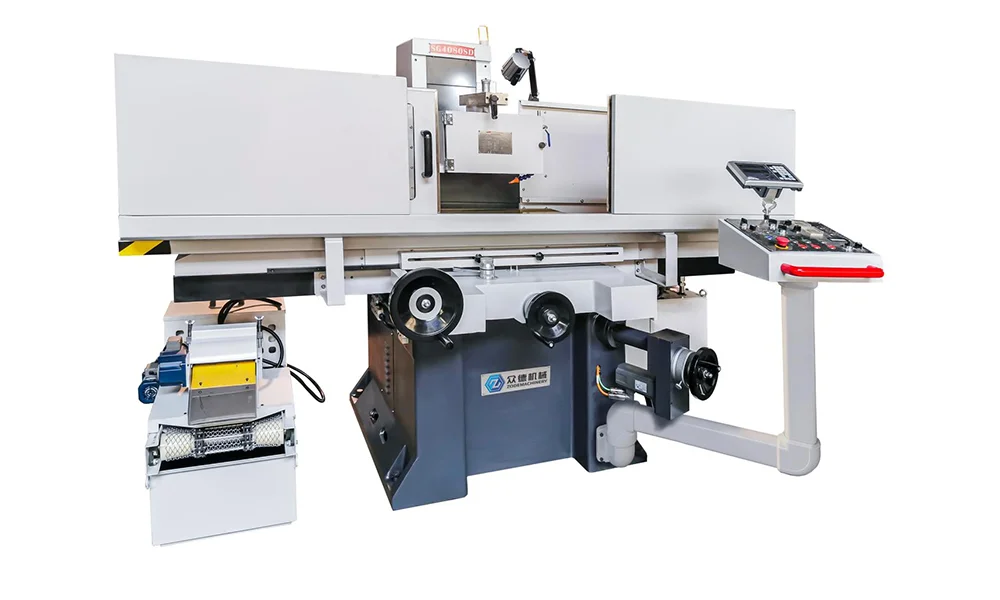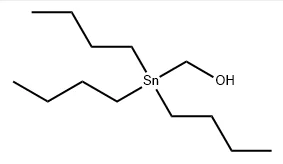Surface grinding is a critical process in the manufacturing industry, where the precision of the workpiece surface is essential for the final product's quality. The Single Axis PLC Surface Grinder is a specialized machine that combines the versatility of a programmable logic controller (PLC) with the power of surface grinding to deliver high precision and efficiency in operations. In this blog post, Nantong Zode, a high quality PLC automatic surface grinding machine factory, will share the advantages of using Single Axis PLC Surface Grinder for sale, its features, applications, etc.
A Single Axis PLC Surface Grinder is a machine that uses a grinding wheel to smooth and finish the surface of materials, typically metal. The PLC (Programmable Logic Controller) integrated into these machines provides automated control over the grinding process, ensuring consistent performance and high precision. Unlike traditional surface grinders, which may require manual adjustments and intervention, single axis PLC grinders operate with greater efficiency, reducing the possibility of human error and increasing throughput.
The machine’s single axis functionality means that it primarily moves in one direction along the workpiece, simplifying the process while still maintaining high precision in creating flat surfaces.
Key Features of Single Axis PLC Surface Grinder
-
Precision and Control
The PLC control system ensures that the grinding process is finely tuned for optimal results. By programming specific parameters such as speed, feed rate, and grinding depth, manufacturers can achieve highly precise surface finishes with minimal variance. The ability to set these parameters and monitor them in real time is one of the key advantages of using PLC-based machines. -
Automated Operation for Consistency
A major benefit of PLC integration is the automation of the grinding process. Once set up, the machine can run for extended periods without requiring manual oversight. This automation improves operational consistency, which is essential for high-volume production where uniformity is critical. -
Ease of Programming
Programming the Single Axis PLC Surface Grinder is relatively straightforward. PLC systems allow for user-friendly interfaces, making it easier for operators to set up and adjust grinding operations. This reduces training time and ensures a smoother transition for workers unfamiliar with traditional grinding machines. -
Flexible Application
Single axis PLC surface grinders are versatile and can be adapted to various applications, from small batch production runs to mass production. They are capable of grinding a variety of materials, including metals, plastics, and composites, making them suitable for diverse industrial sectors such as automotive, aerospace, and electronics manufacturing.

Advantages of Using Single Axis PLC Surface Grinder
-
Enhanced Efficiency and Productivity
One of the standout benefits of using a Single Axis PLC Surface Grinder is its efficiency. The combination of automation and precision reduces manual labor and minimizes downtime. With the ability to maintain consistent grinding performance, manufacturers can achieve faster turnaround times and increased production rates. -
Reduction in Operator Error
Human error is always a risk in any manufacturing process, and traditional surface grinding can often lead to mistakes such as over-grinding or inconsistent pressure application. By relying on a PLC system, the grinder automatically follows preset instructions, minimizing errors and maintaining a high level of accuracy throughout each cycle. -
Improved Surface Quality
The quality of the surface finish is a critical factor for many industrial applications, particularly in sectors like automotive and aerospace where surface roughness can directly impact functionality. A PLC surface grinder ensures a superior finish with less variation, providing a smoother and more consistent surface quality compared to manual or less automated alternatives. -
Reduced Maintenance Needs
Due to their precision and automation, single axis PLC surface grinders tend to experience fewer mechanical failures and require less frequent maintenance than traditional grinders. This reduces the overall cost of ownership and downtime associated with repairs and maintenance.
Applications of Single Axis PLC Surface Grinder
-
Automotive Manufacturing
In the automotive industry, surface finish quality is vital for parts like engine components, suspension systems, and transmission gears. A Single Axis PLC Surface Grinder offers the precision necessary to meet the stringent standards of automotive manufacturers, ensuring optimal performance and reliability. -
Aerospace Industry
The aerospace sector demands exceptional surface quality to ensure safety and performance. Components such as turbine blades, landing gear, and structural parts require high-precision grinding to meet rigorous specifications. The PLC-driven control in surface grinders helps manufacturers meet these demands with efficiency and accuracy. -
Tool and Die Making
Tool and die manufacturing relies on high-quality surface finishes to ensure that parts and molds are durable and precise. Using a single axis PLC grinder, manufacturers can achieve the desired surface quality with minimal variance, which is essential for producing tools and dies that meet strict tolerances. -
Electronics and Semiconductor Industry
The electronics industry also benefits from single axis surface grinding, particularly in the manufacturing of semiconductors and other microelectronics. The precision of the grinding process is essential to produce smooth, defect-free surfaces for components that require extremely high tolerances.
User Benefits of Single Axis PLC Surface Grinder
-
Cost-Effectiveness
While the initial investment in a PLC-controlled surface grinder may be higher compared to manual machines, the long-term savings on labor, maintenance, and operational efficiency make it a cost-effective option for manufacturers in the long run. The ability to run the machine with minimal human intervention also reduces overhead costs. -
Increased Production Flexibility
Manufacturers can change grinding parameters quickly, allowing them to adapt to different products or production runs with minimal downtime. This flexibility helps businesses stay competitive by responding faster to changing market demands and product specifications. -
Reduced Labor Costs
Since the machine is automated, the need for highly skilled labor is reduced. Operators can focus on monitoring the machine and troubleshooting any issues that arise, instead of manually adjusting the grinding process, leading to significant savings on labor costs. -
Improved Workplace Safety
With the integration of automated processes, the potential for workplace accidents is minimized. Operators no longer need to be in close proximity to dangerous moving parts, as the machine can be controlled remotely, increasing overall workplace safety.
Conclusion
The Single Axis PLC Surface Grinder is a vital tool for industries that require precision and efficiency in surface finishing. With its ability to automate the grinding process, improve consistency, and reduce operator error, it stands out as a valuable investment for manufacturers looking to streamline their operations and improve product quality. Whether in automotive, aerospace, or electronics, these grinders offer significant advantages in both productivity and cost-effectiveness.
For businesses looking to stay ahead in the competitive manufacturing sector, adopting a PLC-controlled surface grinder represents a forward-thinking solution that will lead to enhanced performance and long-term profitability.
www.zodemc.com
Nantong Zode

